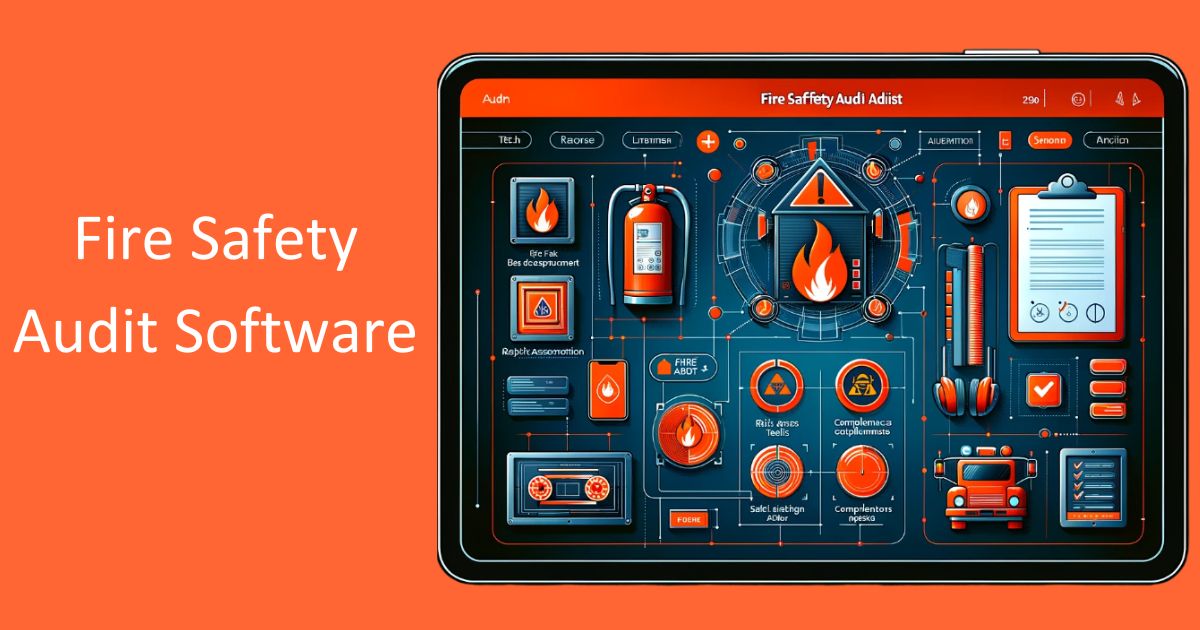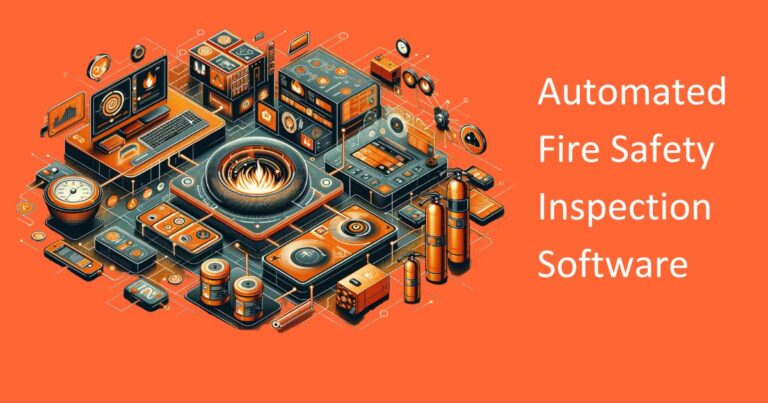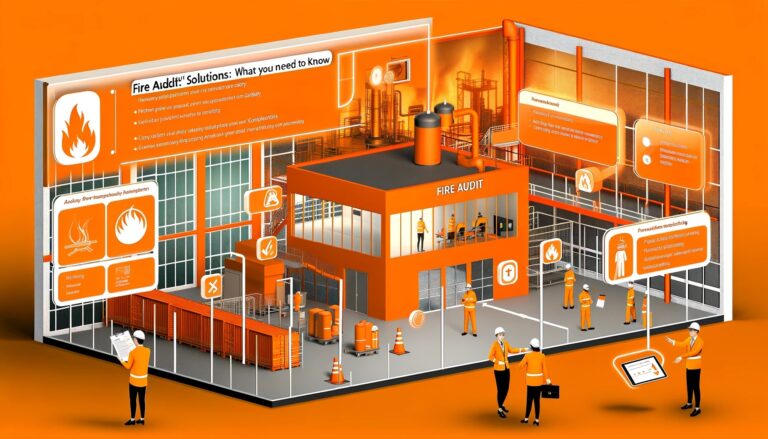Introduction
Fire safety is a critical concern in India, where the risk of fire-related incidents is a constant challenge. To mitigate these risks, businesses and organizations across the country rely on fire safety audit software to assess and enhance their fire safety measures. In this article, we will explore the importance of fire safety audits, the role of audit software, key features to look for, and the best options available in India.
The Significance of Fire Safety Audits
Fire safety audits are systematic evaluations of a facility’s fire protection systems, procedures, and practices. These audits play a crucial role in identifying potential fire hazards, ensuring compliance with safety regulations, and implementing preventive measures. Here’s why fire safety audits are vital:
1. Risk Assessment
Audits help organizations assess the level of fire risk within their premises, considering factors such as the type of industry, materials used, and building structure.
2. Regulatory Compliance
Compliance with fire safety regulations is mandatory in India. Fire safety audits ensure that businesses adhere to these regulations, avoiding penalties and legal consequences.
3. Preventive Measures
Identifying potential fire hazards through audits allows for the implementation of preventive measures, reducing the likelihood of fires.
4. Emergency Preparedness
Audits also evaluate emergency response plans, ensuring that employees are well-prepared to handle fire incidents.
5. Asset Protection
Protecting assets, including infrastructure, equipment, and data, is a significant concern for businesses. Fire safety audits help safeguard these assets.
6. Safety of Personnel
The safety and well-being of employees and occupants are paramount. Audits identify safety gaps and lead to improvements in evacuation procedures and training.
The Role of Fire Safety Audit Software
Fire safety audit software simplifies and enhances the audit process. It offers several advantages over traditional manual methods:
1. Efficiency
Audit software streamlines the process, allowing auditors to perform inspections more efficiently and with greater accuracy.
2. Standardization
The software provides standardized checklists and guidelines, ensuring that all critical areas are examined during the audit.
3. Documentation
Auditors can document findings, take photos, and record recommendations within the software, creating a comprehensive record of the audit.
4. Real-time Reporting
Audit software generates real-time reports, enabling timely corrective actions and reducing response times to identified issues.
5. Historical Analysis
Over time, the software accumulates data that can be used for trend analysis, helping organizations make informed decisions about fire safety improvements.
6. Notifications
Automated notifications remind organizations of upcoming audits and maintenance schedules, ensuring that fire safety remains a top priority.
Key Features to Look for in Fire Safety Audit Software
When choosing fire safety audit software, consider the following key features:
- Customizable Checklists: The ability to create and tailor audit checklists to the specific needs of your organization is crucial.
- Mobile Accessibility: Auditors should be able to use the software on mobile devices for on-site data collection and reporting.
- Data Analysis Tools: Advanced data analysis capabilities help identify trends and potential safety issues.
- Integration: Compatibility with other systems, such as fire alarm systems and building management systems, ensures a comprehensive approach to fire safety.
- User-Friendly Interface: An intuitive interface encourages widespread adoption among auditors.
- Scalability: Choose software that can grow with your organization’s needs.
- Compliance Tracking: The software should facilitate tracking and reporting on compliance with fire safety regulations.
Conclusion
Fire safety audit software plays a pivotal role in assessing and improving fire safety measures in India. By conducting regular fire safety audits and leveraging audit software, organizations can reduce the risk of fire-related incidents, protect assets, and ensure the safety of personnel. When choosing the best software for your organization, consider your specific needs, regulatory requirements, and the software’s features to make an informed decision. Remember, investing in fire safety is not just a legal requirement; it’s a commitment to safeguarding lives and property from the devastating impact of fires.








